Telling Yarns
Why Shop Local?
Shopping local has become increasingly important in recent years, and for good reason. By supporting local businesses, you're not only helping to bolster your community's economy, but you're also making...
Why Shop Local?
Shopping local has become increasingly important in recent years, and for good reason. By supporting local businesses, you're not only helping to bolster your community's economy, but you're also making...
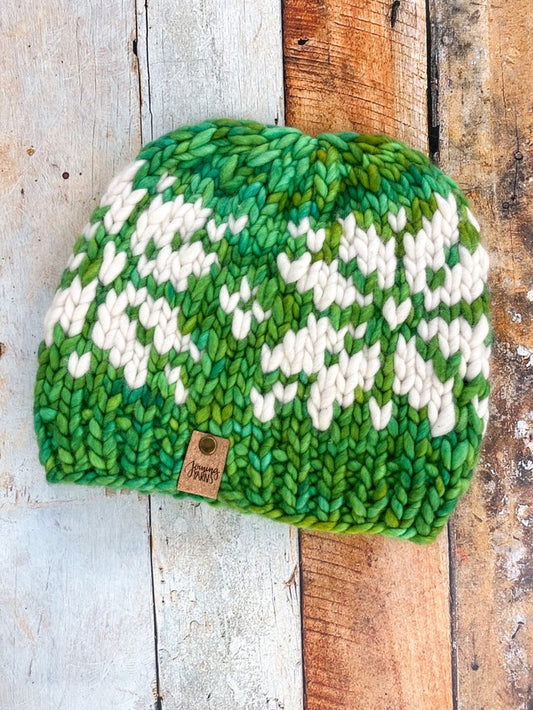
What Makes Merino Sustainable?
Merino wool is often praised as a sustainable material, but what makes it so environmentally friendly? In this blog post, we'll explore the various ways in which merino wool is...
What Makes Merino Sustainable?
Merino wool is often praised as a sustainable material, but what makes it so environmentally friendly? In this blog post, we'll explore the various ways in which merino wool is...
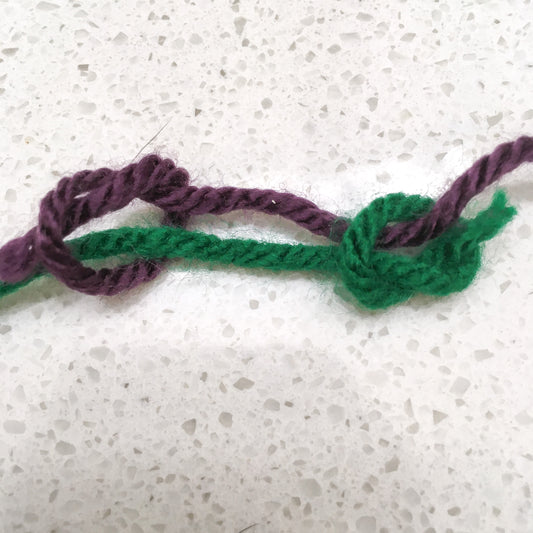
How to Join Yarns
Joining Yarns is inspired by the idea that we are all connected and that what I do for you, I do for myself. A yarn join is a metaphor for...
How to Join Yarns
Joining Yarns is inspired by the idea that we are all connected and that what I do for you, I do for myself. A yarn join is a metaphor for...
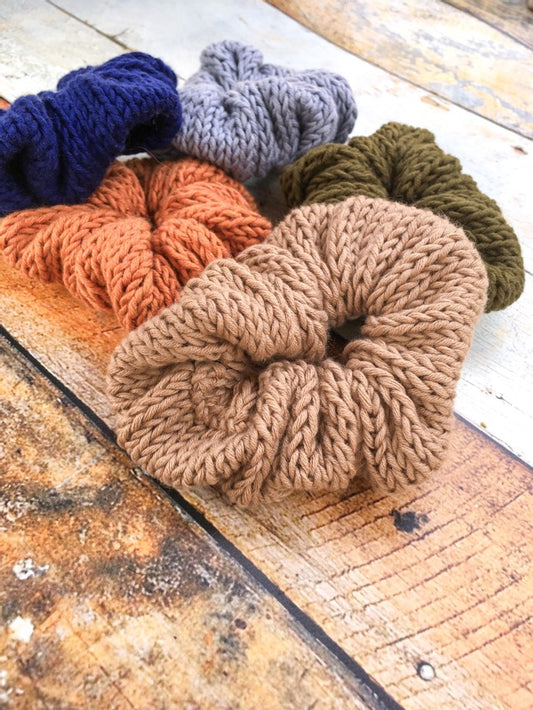
How Cotton Gets Recycled Into Yarn
Cotton is one of the most popular materials used in textile manufacturing. It's a soft, breathable, and versatile fiber that's widely used in clothing, bedding, and other household items. However,...
How Cotton Gets Recycled Into Yarn
Cotton is one of the most popular materials used in textile manufacturing. It's a soft, breathable, and versatile fiber that's widely used in clothing, bedding, and other household items. However,...
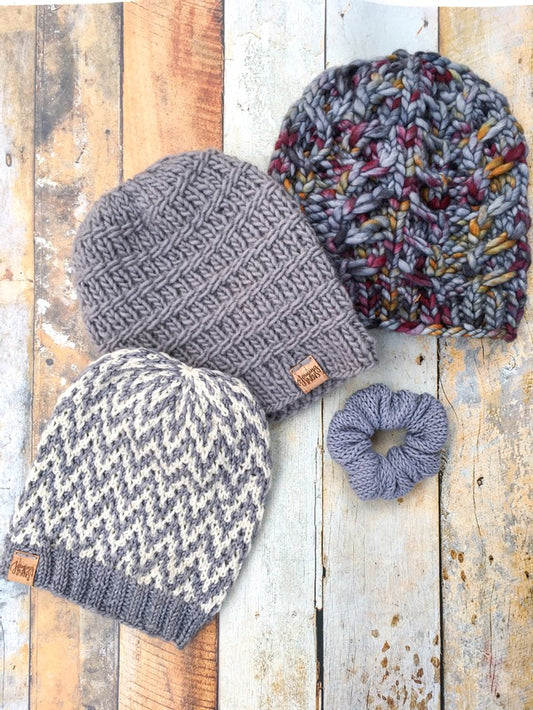
Why Slow Fashion Matters
Slow fashion is a movement that aims to promote sustainable and ethical practices in the fashion industry. In contrast to fast fashion, which prioritizes low-cost production and quick turnover of...
Why Slow Fashion Matters
Slow fashion is a movement that aims to promote sustainable and ethical practices in the fashion industry. In contrast to fast fashion, which prioritizes low-cost production and quick turnover of...
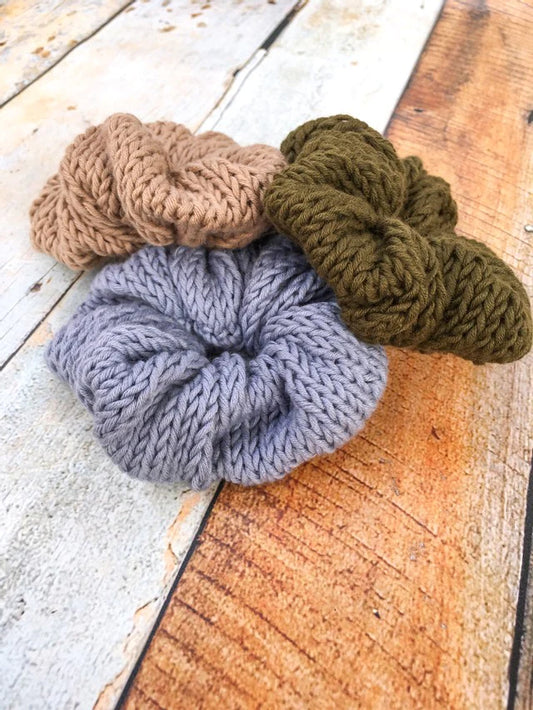
What Makes Pima Cotton Sustainable?
Pima cotton is a type of cotton that is known for its softness, strength, and durability. It is also a sustainable choice for those who are concerned about the environment....
What Makes Pima Cotton Sustainable?
Pima cotton is a type of cotton that is known for its softness, strength, and durability. It is also a sustainable choice for those who are concerned about the environment....
